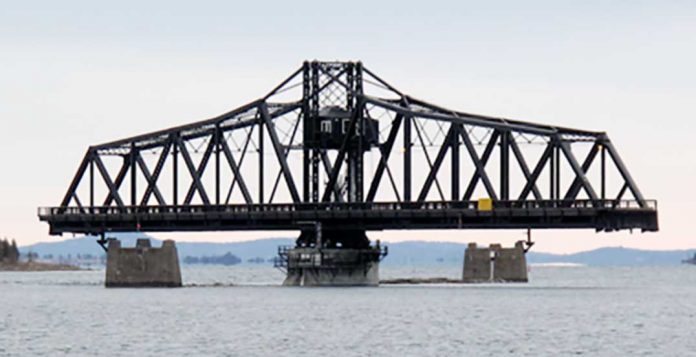November is Women Abuse Prevention Month
To the Expositor:
There is a difference between “being negative” and telling the truth. The purpose of speaking one’s truth, not just once, but again and again, is so that speaking out about the abuse one has suffered can help others speak their truth. Carrying around memories of abuse without a place to speak of it, or a place to let the memories go, or a place to heal from the pain, is not useful, either to the self or to significant others in one’s orbit.
The truths of which I speak come from the physical and psychological abuse I experienced through a sibling’s violence designed to force me out of my home on Anishinaabe homeland. The Department of Justice Canada in 2009 defined abuse as “behaviour used to intimidate, isolate, dominate or control another person.”
The truths of which I speak come from state violence against women. That is, state violence is seen to occur when governing bodies or institutions, policing and military bodies are the perpetrators of violence. Examples of such violence include deportation, dual charging, arrests or imprisonment, child apprehension, the Indian Act and acts of war. The Whitefish River “band council” created a trespass bylaw without consulting the community as it did when creating other bylaws, and then used it to obtain a court order evicting me from traditional Anishinaabe homelands. This was permitted under the Indian Act. This is an example of state violence against women.
Then there is the structural violence against women. Unjust social, political and economic systems contribute to physical and psychological harm, and this is known as structural violence. For example, social structures and social institutions operate in systematic ways to prevent people from meeting basic needs. I experienced structural violence when I was not allowed to meet basic needs—for land, a home, access to water, to firewood, to roadway, and to privacy, safety and security. When the “band council” at Whitefish River obtained a court order ordering me out of my tiny home on ancestral Anishinaabe land, this was an example of structural violence. In order to obtain a home on the reserve, one has to “apply” to the housing program, be told where to locate, be told what kind of housing to accept, and be located in space with undesirable, or possibly even dangerous neighbours. In addition, one has to pay rent for housing on Indian reserves—a most ridiculous concept since we, the Indigenous people, already own the land.
I have experienced the violence condoned by the state, as in courts where officials did not listen to what I said, and were wilfully blind to Indigenous women’s human rights to secure indigenous land tenure on indigenous homelands. In fact, the courts and the legal system perpetuate the myth that Indigenous women are second-class citizens, or even that we are non-human. The courts and the legal system foster the myth that Indigenous men who follow the Euro-Canadian Judeo-Christian system are “superior” to women.
I have experienced sibling violence, physical abuse, psychological abuse, state violence against women, structural violence and psychological violence perpetrated and condoned by the state. November is Women Abuse Prevention Month. I’ll be wearing my purple scarf, and speaking my truth wherever I can. Na haaw, mii sa iw.
Marie McGregor Pitawanakwat
Whitefish River First Nation




